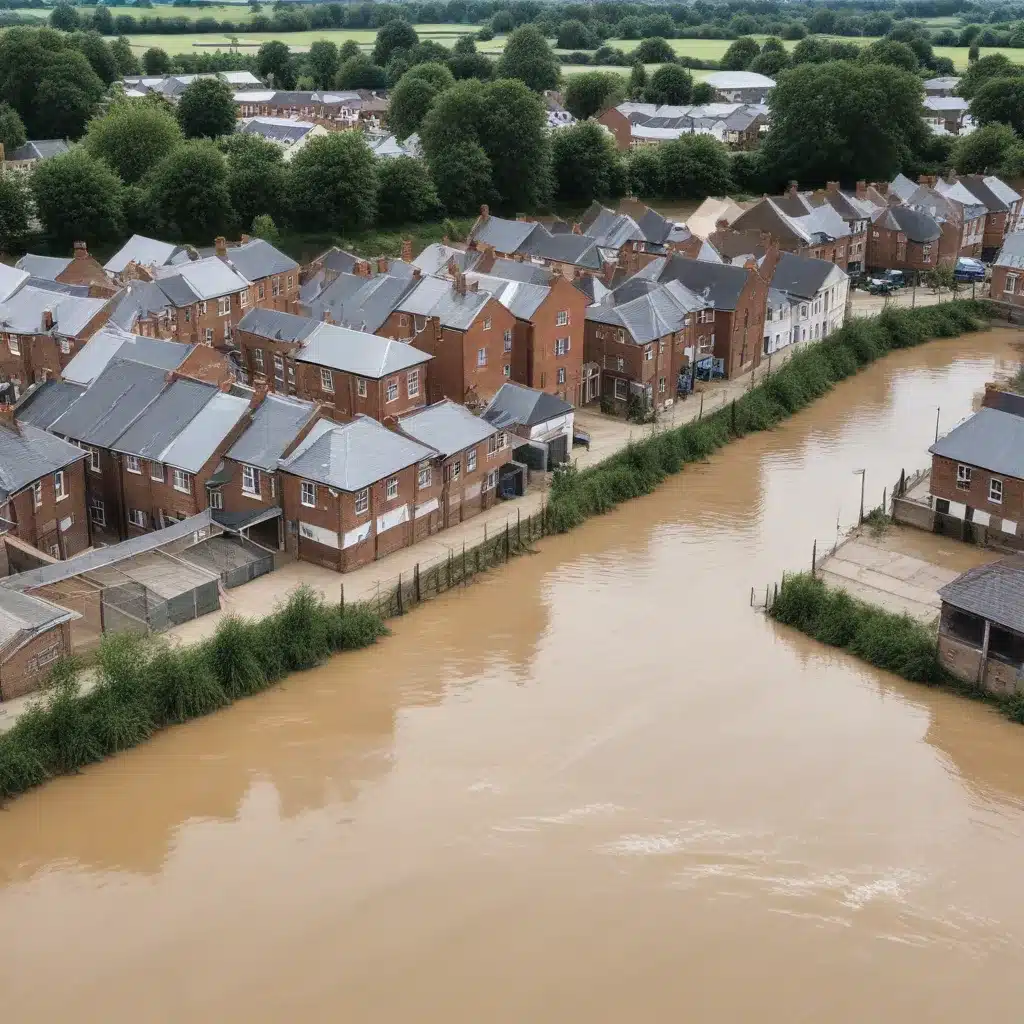
As an experienced water damage restoration specialist, I’ve seen firsthand the devastating impact that floods and other natural disasters can have on critical infrastructure in the Orlando area. From disruptions to water and power supplies to compromised transportation networks, the cascading effects of these events can cripple a community’s ability to function and recover.
Assessing Regional Critical Infrastructure
One of the key steps in safeguarding critical services is developing a comprehensive understanding of the regional infrastructure assets and their vulnerabilities. This baseline knowledge can help guide proactive planning and preparation efforts. By leveraging data and expertise from various sources, including government agencies and private sector partners, we can identify the key infrastructure components that are most susceptible to flooding or other hazards.
For example, the FEMA Community Lifelines construct provides a useful framework for organizing this information. The lifelines describe the essential services that must be restored to alleviate threats to life and property, such as water, energy, communications, and transportation. By assessing the potential disruptions to these lifeline services, we can better prioritize the restoration of critical infrastructure in the event of an incident.
Prioritizing Infrastructure Restoration
Once the vulnerable infrastructure has been identified, the next step is to develop a pre-incident plan for its restoration. This prioritization process should involve collaboration between emergency planners, infrastructure owners, and other stakeholders to establish clear objectives and restoration timelines.
The National Infrastructure Protection Plan provides a useful framework for this planning effort. The plan outlines the core capabilities and mission areas that are essential for protecting and restoring critical infrastructure, including response, recovery, and mitigation activities.
For example, in the aftermath of a major flood, the restoration of water and power services would likely be the top priority, as these are essential for supporting ongoing emergency operations, providing for the basic needs of the affected population, and enabling the broader recovery efforts. By pre-establishing these restoration priorities, we can ensure a more efficient and coordinated response when disaster strikes.
Contingency Planning for Supply Chain Disruptions
Another crucial aspect of infrastructure risk assessment is understanding the potential impacts on regional supply chains. A flood or other natural disaster can disrupt the flow of critical resources, such as fuel, construction materials, and emergency supplies, hampering the ability to restore services and support recovery efforts.
To address this challenge, it’s important to develop pre-incident plans for assessing and mitigating supply chain disruptions. This may involve identifying alternative transportation routes, sourcing backup suppliers, or establishing temporary storage and distribution hubs. By anticipating these challenges and implementing proactive measures, we can help ensure the continued availability of essential goods and services during and after a disaster.
Coordinating Across Jurisdictions
Effective infrastructure risk assessment and restoration planning requires close coordination across jurisdictional boundaries. Neighboring communities may share critical infrastructure assets or interdependent systems, and a disruption in one area can have cascading effects on the others.
By fostering collaboration between emergency planners, infrastructure owners, and stakeholders from different municipalities and regions, we can develop a more comprehensive understanding of the regional risks and align our restoration priorities. This coordination can also help identify opportunities for shared resources, mutual aid agreements, and other cooperative solutions that enhance the overall resilience of the community.
Engaging the Whole Community
Safeguarding critical infrastructure is not solely the responsibility of government agencies and infrastructure owners. It requires the active engagement and participation of the entire community, including businesses, non-profit organizations, and individual citizens.
By educating the public on the importance of critical infrastructure, the risks they face, and the actions they can take to support preparedness and recovery efforts, we can foster a more resilient and informed community. This may include promoting disaster preparedness planning, encouraging the adoption of flood mitigation measures, and providing training and resources for emergency response volunteers.
Conclusion
As a water damage restoration specialist, I’ve witnessed the profound impact that floods and other natural disasters can have on the critical infrastructure that underpins our communities. By proactively assessing regional risks, prioritizing restoration efforts, and fostering cross-jurisdictional coordination, we can take meaningful steps to safeguard these essential services and enhance the overall resilience of the Orlando area.
Ultimately, this work requires a collaborative, multifaceted approach that engages the entire community. By working together to identify vulnerabilities, develop contingency plans, and implement effective mitigation strategies, we can help ensure that our critical infrastructure remains robust and reliable, even in the face of the most challenging circumstances.
If you’re interested in learning more about our water damage restoration services or exploring opportunities for community-wide infrastructure resilience efforts, I encourage you to visit OrlandoWaterDamageRestoration.net. Our team of experts is dedicated to helping businesses and homeowners in the Orlando area prepare for and recover from the devastating effects of natural disasters.

